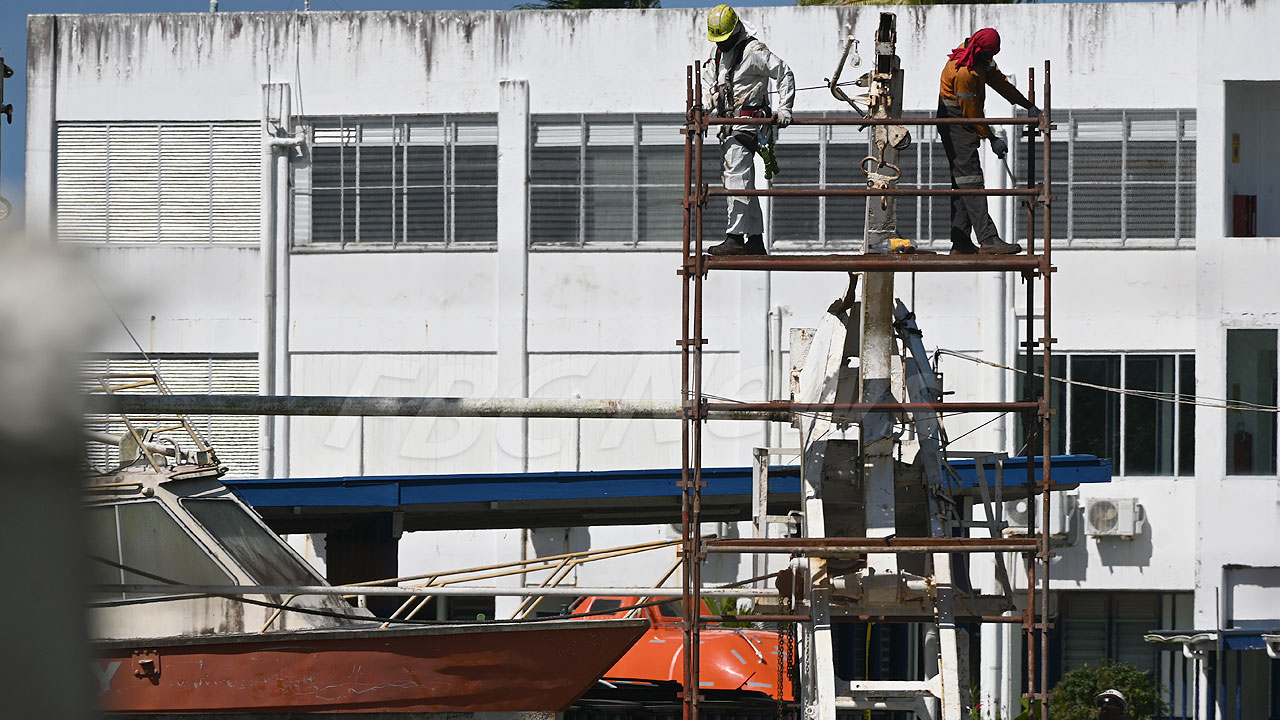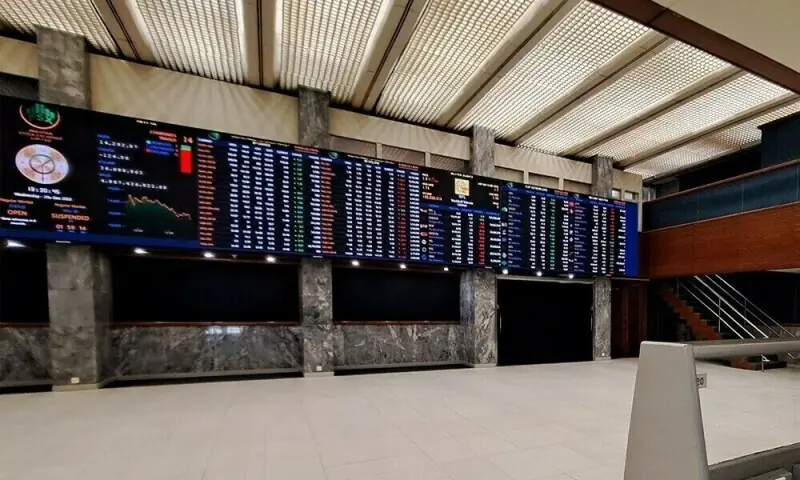Copyright OilPrice

A study by X-energy Canada has confirmed the feasibility and benefits of repurposing an existing thermal generation site in Alberta with X-energy's small modular reactors, World Nuclear News reports. Funded by Emissions Reduction Alberta (ERA), the study found that the Xe-100 high-temperature gas-cooled reactor is uniquely suited to Alberta's energy needs. As well as producing electricity, it is specifically designed to provide 565°C heat and steam for industrial applications, unlocking a broad range of use cases for Alberta's industrial and oil and gas sectors, the company said. The province's established supply chain capabilities are well-positioned to support the manufacturing and construction of the technology, while the Xe-100's design means it can use air-cooling systems, significantly reducing overall water usage, and offering greater siting flexibility over conventional light-water reactors. In 2023, ERA committed $7 million for Cenovus, a Calgary-based energy company, to study the use of small modular reactors in the oil sands. In August, Alberta Premier Danielle Smith said the government sees “tremendous potential” for nuclear in the province. While Alberta does not currently have any nuclear generating capacity, in 2021 it signed a memorandum of understanding with Ontario, New Brunswick and Saskatchewan to collaborate on SMR development, and has signed MOUs with several SMR developers. According to World Nuclear News, Energy Alberta has proposed building a nuclear power plant based on large-scale Candu Monark reactors at a site in the Peace River region of northern Alberta. It adds that Canada currently gets about 15 percent of its electricity from nuclear power, with 17 reactors mostly in Ontario providing 12.7 GWe of power capacity. SMRs are considered ideal for deployment to off-grid, remote locations such as mine sites or the oil sands, as well as communities in northern Canada reliant on diesel-fueled generators for electricity. SMRs are constructed with prefabricated modules and can be transported by truck or by rail — making them ideal for remote locations where a conventional reactor would not be feasible. Another important advantage is they are less likely to overheat, because their small cores produce less heat than those of large reactors. They also have fewer moving parts, including coolant pumps, which reduces the likelihood of failures that could cause an accident. The fuel, steam and generator are all in one vessel. SMRs are powered by a radioactive solution that blends fissionable isotopes with a liquid salt. While they can be powered using uranium, they run optimally on thorium, a cleaner, safer, and more abundant nuclear fuel. X-energy Canada is a subsidiary of X-energy Reactor Company, LLC. Its first proposed plant at Dow Chemical’s Seadrift site in Texas will provide the operation with both power and steam. After that project, X-energy and Amazon have committed to deploy 5 gigawatts by 2039, beginning in Washington State. The Ontario government recently green-lit Ontario Power Generation to build the first of four small modular reactors. OPG says it will be the first commercial grid-scale SMR in North America, with an in-service target date of 2030, and the first new nuclear build in Ontario in more than three decades. Ontario government support for the CAD$20.9 billion project came after OPG received a Licence to Construct in April from the Canadian Nuclear Safety Commission. The first SMR would cost $7.7 billion. All four SMRS are to be located next to the Darlington nuclear power plant east of Toronto and are expected to be running by 2035. The BWRX 300 modular plant was designed by G.E. Hitachi Nuclear Energy. It will have capacity for 300 megawatts of electricity, enough to power 300,000 homes. By comparison, Darlington’s four conventional nuclear reactors each provide 935 MW. In addition to OPG, other utilities including Saskatchewan’s SaskPower and the Tennessee Valley Authority have expressed interest in building BWRX 300s, as have companies in Poland and Estonia, The Globe and Mail reports. Some of the most advanced research on SMR technology is being conducted in New Brunswick. NB Power is currently working with two private-sector partners, ARC Clean Technology and Moltex Energy, to advance Generation IV Plus Grid-sized SMR technology for use at the existing Point Lepreau Nuclear Generating Station. While no SMRs have yet been built in the United States, the Department of Energy has announced up to $5.5 billion in funding. One of the more recent cheerleaders of nuclear is Donald Trump. In May, the US president signed executive orders pledging to expand American nuclear energy capacity from approximately 100 gigawatts in 2024 to 400 GW by 2050. "Swift and decisive action is required to jumpstart America’s nuclear energy industrial base and ensure our national and economic security by increasing fuel availability and production, securing civil nuclear supply chains, improving the efficiency with which advanced nuclear reactors are licensed, and preparing our workforce to establish America’s energy dominance and accelerate our path towards a more secure and independent energy future," World Nuclear News quoted from the executive order ‘Reinvigorating the Nuclear Industrial Base’. There are currently 54 nuclear power plants operating in the United States, with 28 states having at least one reactor. According to the Energy Information Agency (EIA), Unit 3 at the Alvin W. Vogtle Electric Generating Plant in Georgia entered service on July 31, 2023 as part of a two-unit expansion project. It has 1,117 megawatts (MW) of net summer electricity generation capacity. Unit 4, a Westinghouse AP1000 pressurized light water reactor, began commercial operations in April 2024. It is now the largest nuclear power plant in the United States, with four reactors and a total of 4,536 MW net summer electricity generation capacity. 2024 was a record year for nuclear power generation, according to the ‘World Nuclear Performance Report 2025’. The report says nuclear reactors worldwide generated 2,667 terawatt hours (TWh) of electricity last year, beating the previous record of 2,660 TWh set back in 2006. The report by the World Nuclear Association also said the increase in global nuclear power generation over the past decade was mostly due to Asia, which accounts for 56 of the 68 reactors commissioned. Of the 70 reactors currently under construction, 59 are in Asia. By Andrew Topf for Oilprice.com More Top Reads From Oilprice.com: China Unveils World's Largest Wind Turbine Waymo's UK Launch Sparks Debate on Autonomous Vehicle Laws Global PPA Prices Shift Dramatically for Solar and Wind



